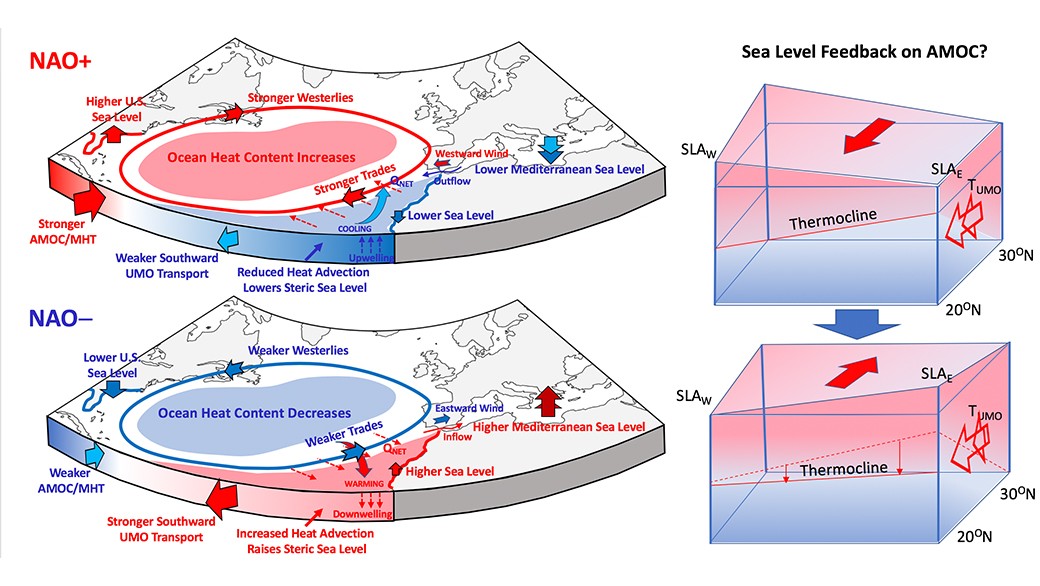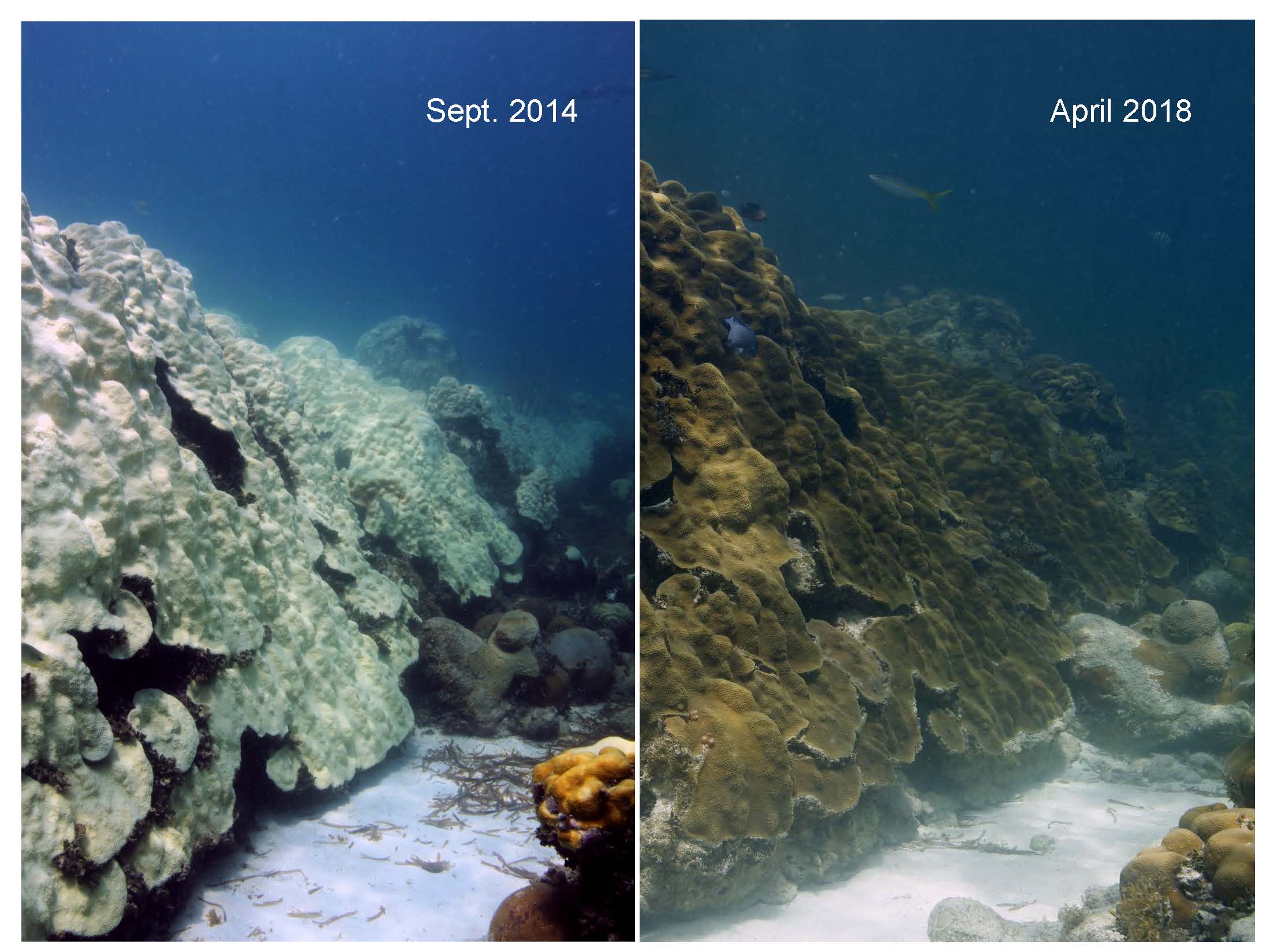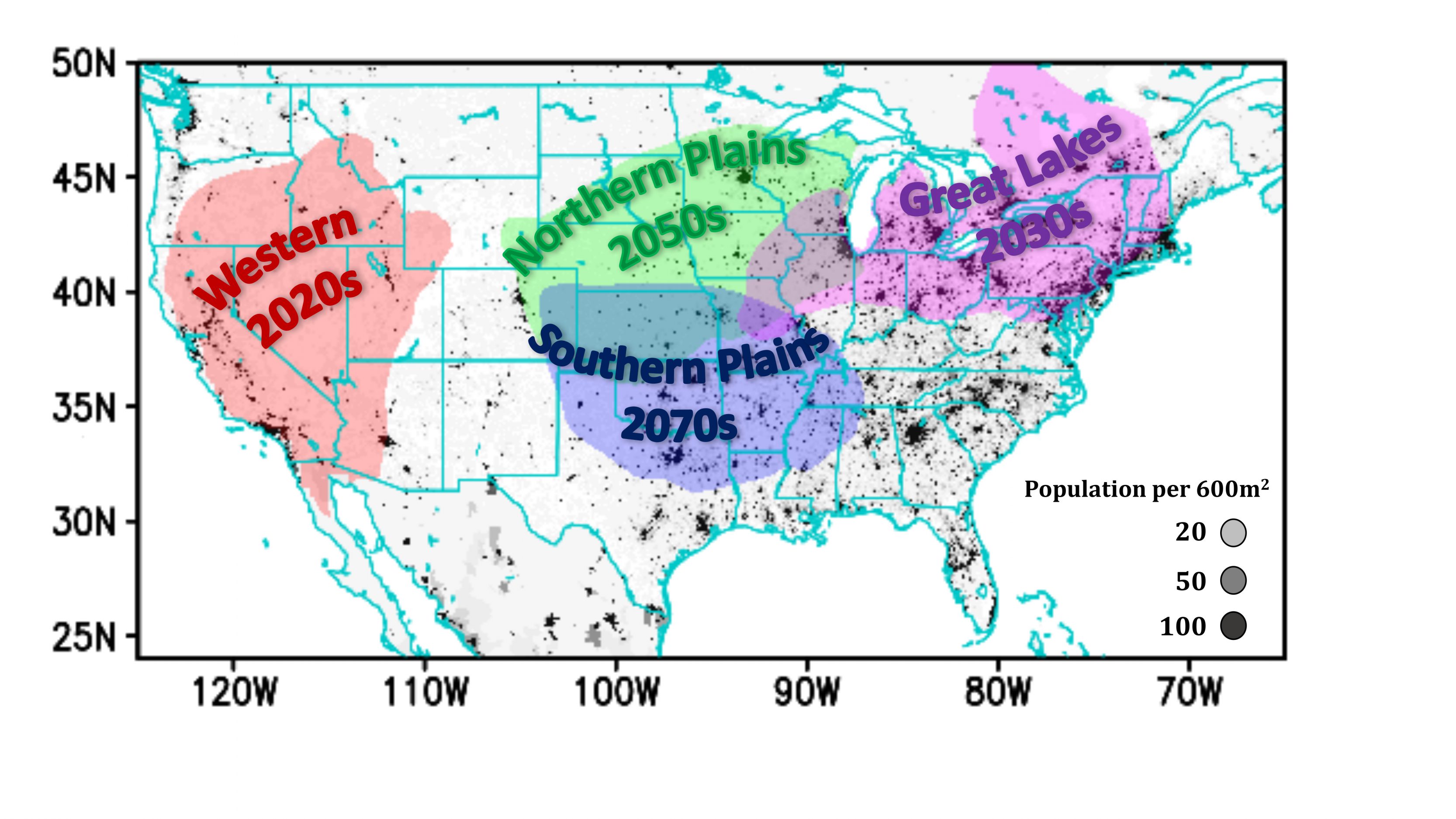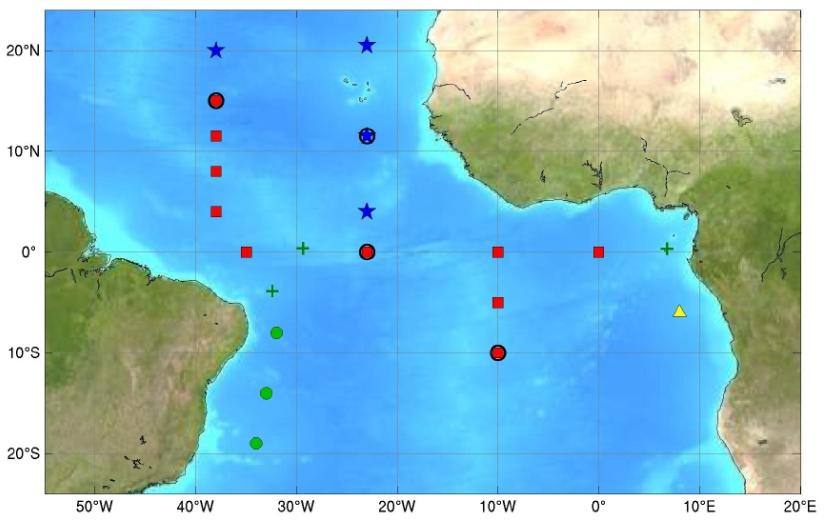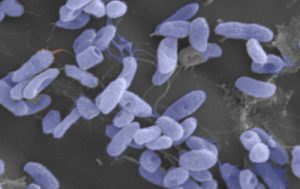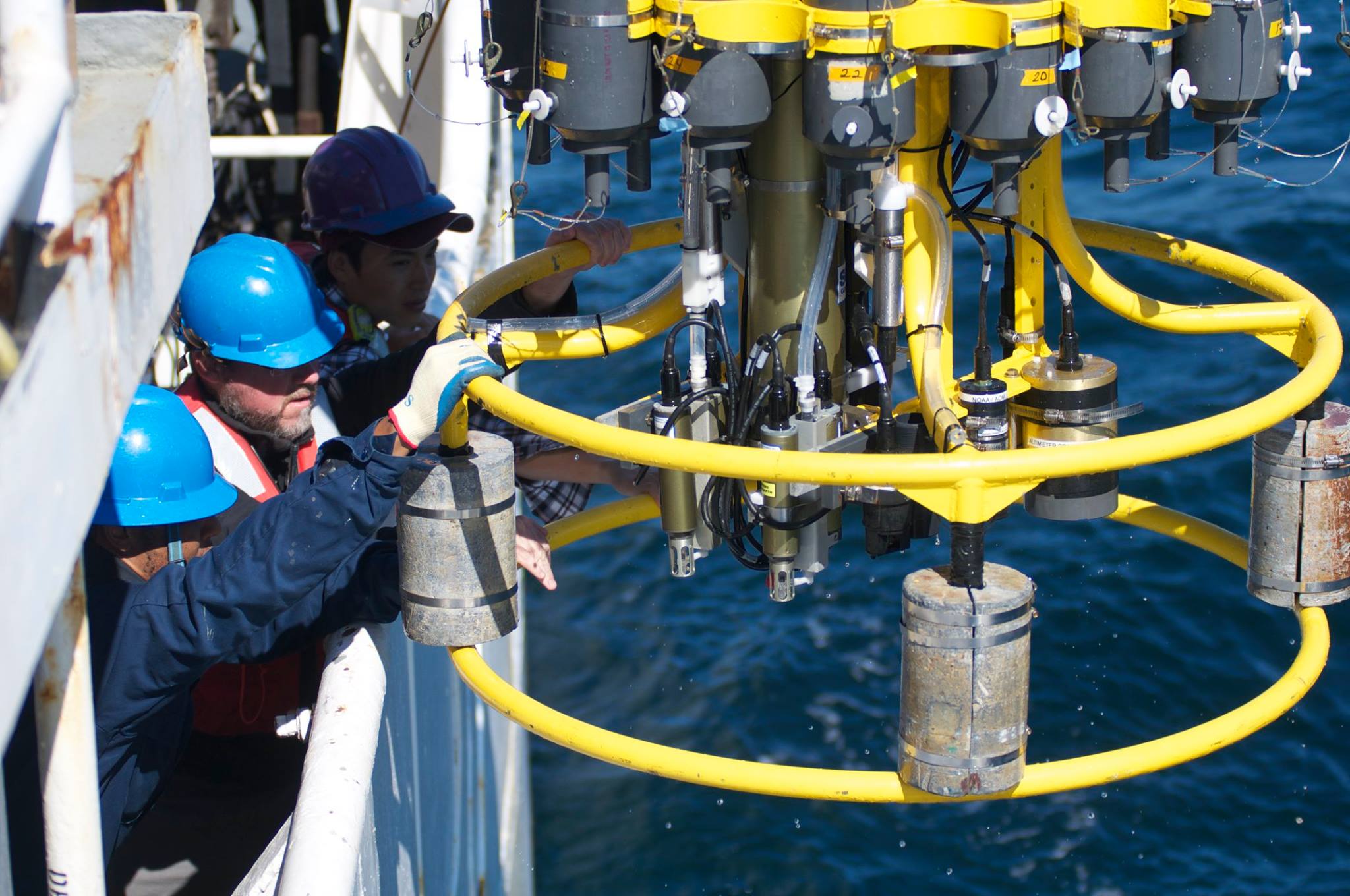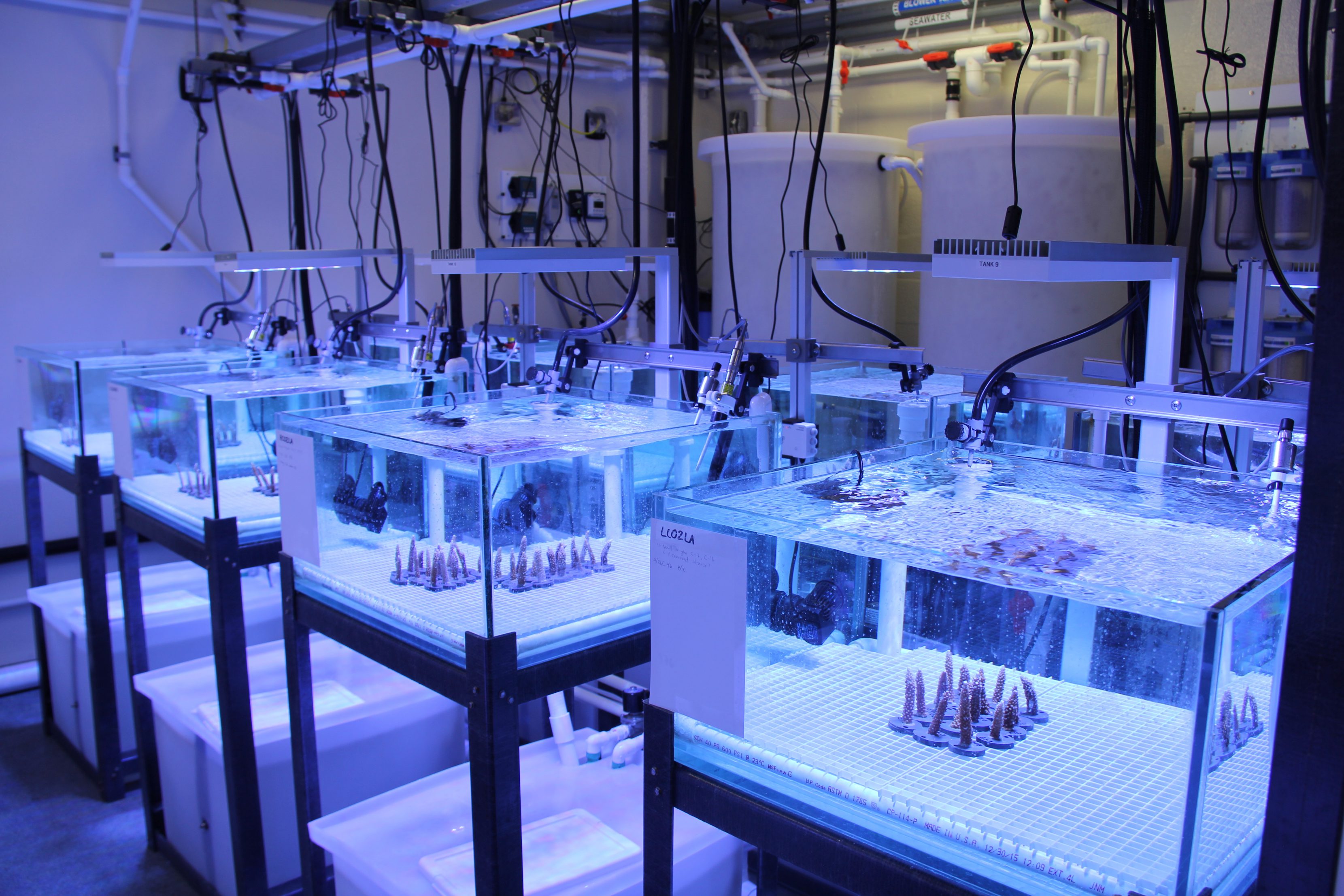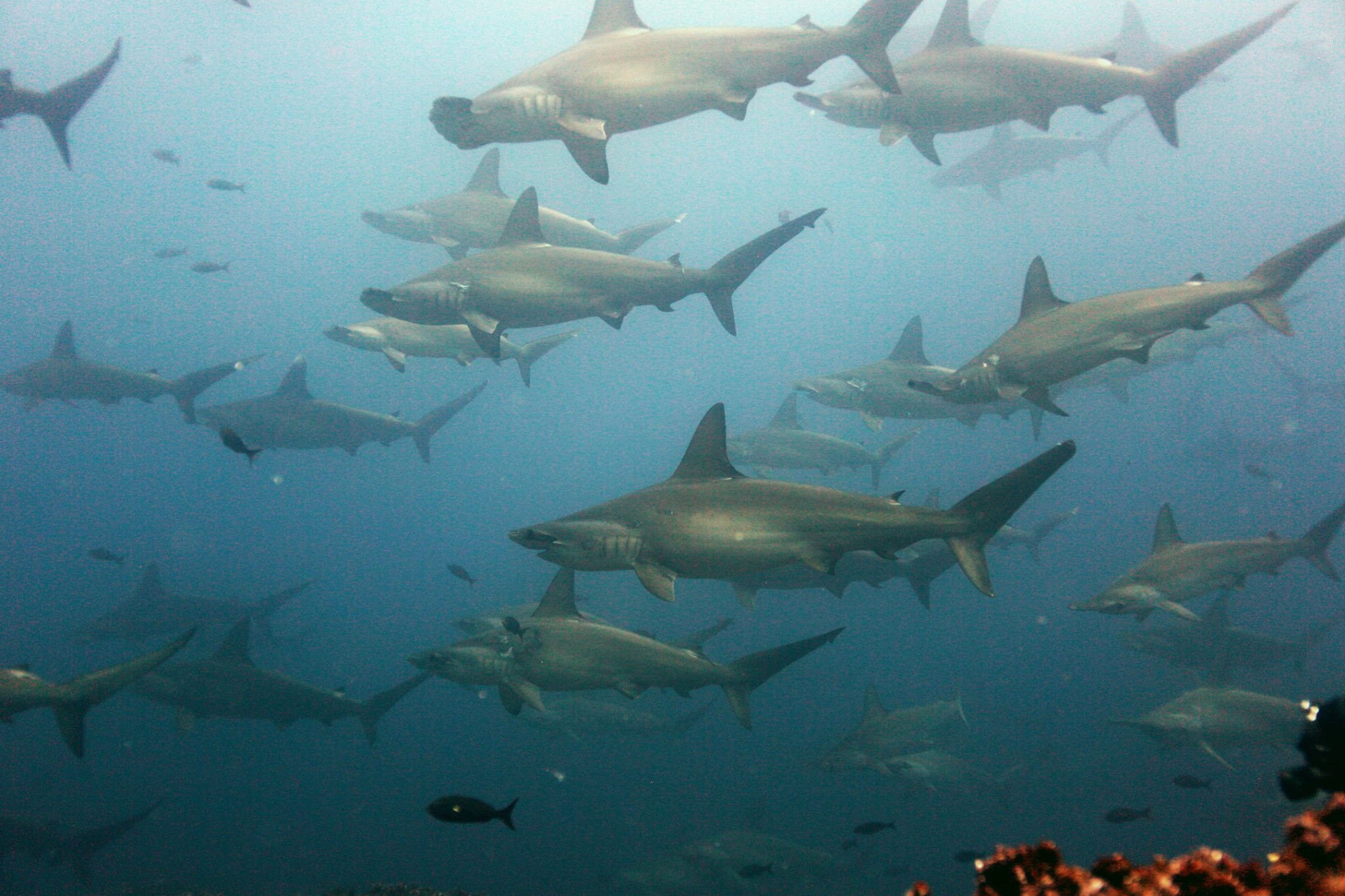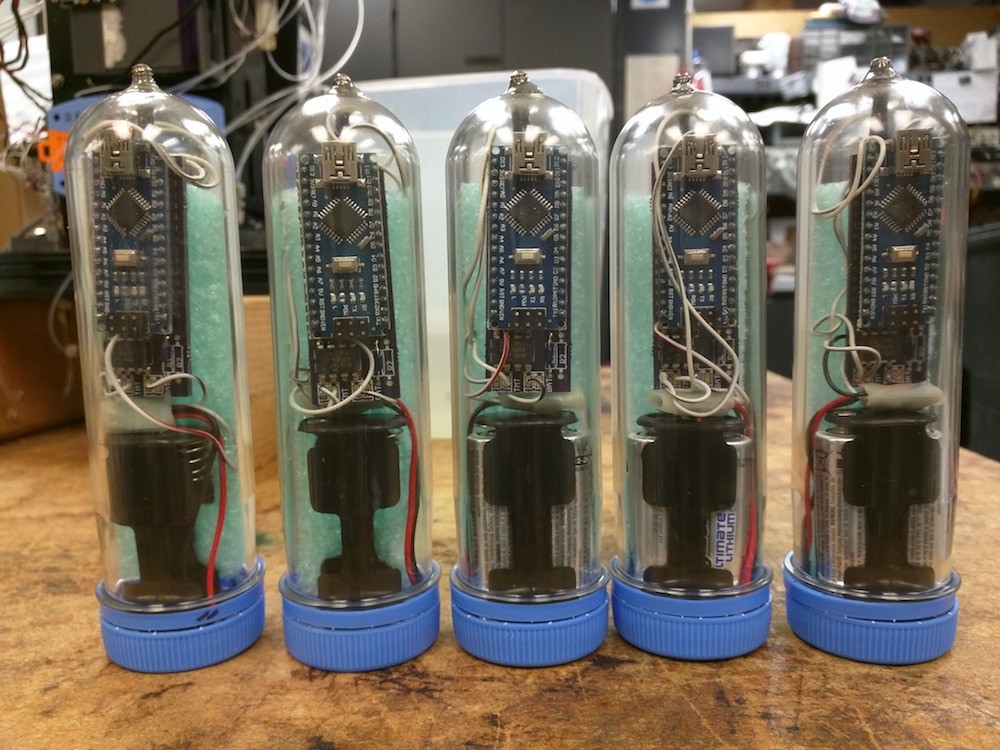The global mean sea level rise caused by ocean warming and glacier melting over landforms such as Greenland is one of the most alarming aspects of a shifting global climate. However, the dynamics of the ocean and atmosphere further influence sea level changes region by region and over time. For example, along the U.S. East Coast, a pronounced acceleration of sea level rise in 2010-2015 was observed south of Cape Hatteras, while a deceleration occurred up North. These patterns provide background conditions, on top of which shorter-period (and often stronger) weather-driven sea level fluctuations compound what coastal communities directly experience day by day. Therefore, to develop or improve regional sea level predictions, it’s important to identify these patterns and explore how they change over time.
Coral Bleaching Study Offers Clues about the Future of the Florida Keys Reef Ecosystem
A recent study by AOML and partners identified coral communities at Cheeca Rocks in the Florida Keys National Marine Sanctuary that appear to be more resilient than other nearby reefs to coral bleaching after back to back record breaking hot summers in 2014 and 2015 and increasingly warmer waters. This local case study provides a small, tempered degree of optimism that some Caribbean coral communities may be able to acclimate to warming waters.
Climate Change to Drive More Extreme Heat Waves in the United States
A new analysis of heat wave patterns appearing in Nature Climate Change focuses on four regions of the United States where human-caused climate change will ultimately overtake natural variability as the main driver of heat waves. Climate change will drive more frequent and extreme summer heat waves in the Western United States by late 2020’s, the Great Lakes region by mid 2030’s, and in the northern and southern Plains by 2050’s and 2070’s, respectively.
“These are the years that climate change outweighs natural variability as the cause of heat waves in these regions,” said Hosmay Lopez, a meteorologist at NOAA’s Atlantic Oceanographic Meteorological Laboratory and the University of Miami’s Rosenstiel School Cooperative Institute for Marine and Atmospheric Studies and lead author of the study. “Without human influence, half of the extreme heat waves projected to occur in the future wouldn’t happen.”
New Data Set to Improve Tropical Atlantic Ocean and Atmospheric Research
Researchers at NOAA AOML have released a new tropical Atlantic data set that includes several enhancements to improve data accuracy and data collection in the tropical Atlantic. The new data set is called enhanced PIRATA, or ePIRATA, and provides continuous records of upper-ocean temperature, salinity, and currents, together with meteorological data such as winds, humidity, and solar radiation. ePIRATA should prove valuable in better analyzing ocean and atmospheric processes in the tropical Atlantic.
PIRATA, the Prediction and Research Moored Array in the Tropical Atlantic, is a multinational observation network, established to improve knowledge and understanding of ocean-atmosphere variability in the tropical Atlantic. It is a joint project of Brazil, France and the United States of America, motivated by fundamental scientific issues and by societal needs for improved prediction of climate variability and its impact on the countries surrounding the tropical Atlantic basin. PIRATA provides measurements at 18 locations throughout the tropical Atlantic
Early Warning System: Study Explores Future Risk of Waterborne Disease in a Warming Climate
In a new study published in Environmental Health Perspectives, a team of scientists including researchers from NOAA’s Atlantic Oceanographic and Meteorological Laboratory (AOML) explore the future risk of waterborne disease in a warming climate. Recently, the European Center for Disease Prevention and Control (ECDC) developed an interactive online tool that can be used to monitor coastal marine areas with environmental conditions favorable to Vibrio growth, aquatic bacteria that can cause human illness. The Vibrio Map Viewer is a real-time global model that uses daily updated remote sensing data to determine marine areas vulnerable to higher levels of Vibrio.
New and Improved Tools Aim to Enhance Hurricane Forecast Capabilities
AOML is currently in the midst of a multi-year effort called the Intensity Forecasting Experiment (IFEX). IFEX aims to improve the understanding and prediction of intensity change by collecting observations from all stages of a tropical cyclone life cycle—genesis to decay—to enhance current observational models. By building on years of observational expertise and cutting-edge approaches to data integration and model development, hurricane scientists at AOML lead advancements in observations and modeling that have improved intensity forecasts by 20% in recent years.
Live! Science at Sea: Gulf of Mexico Ocean Acidification Cruise
On July 18, NOAA AOML and partner scientists will depart on the Gulf of Mexico Ecosystems and Carbon Cycle (GOMECC-3) research cruise in support of NOAA’s Ocean Acidification Monitoring Program. This isn’t the first time researchers will head to sea in this region. Previous cruises have taken place along the east and Gulf of Mexico (GOM) coasts of the US in both 2007 and 2012. Together, these cruises provide coastal ocean measurements of unprecedented quality that are used both to improve our understanding of where ocean acidification (OA) is happening and how ocean chemistry patterns are changing over time. This will be the most comprehensive OA cruise to date in this region, set to include sampling in the international waters of Mexico for the first time. Ocean acidification is a global issue with global impacts, and international collaboration like this is vital to understanding and adapting to our changing oceans.
Researchers Explore Coral Resiliency in New Experimental Reef Laboratory
Coral researchers at AOML unveiled a new state of the art experimental laboratory this spring at the University of Miami’s Rosenstiel campus. The new “Experimental Reef Laboratory” will allow NOAA scientists and colleagues to study the molecular mechanisms of coral resiliency. Modeling studies indicate that thermal stress and ocean acidification will worsen in the coming decades. Scientists designed the Experimental Reef Laboratory to study the combined effect of these two threats, and determine if some corals are able to persist in a changing environment.
Galapagos Islands: A Telling Study Site for Coral Reef Scientists
Coral scientists recently traveled to the Galapagos Islands to document coral reef health following the 2016-17 El Niño Southern Oscillation event (ENSO), which bathed the region in abnormally warm waters. Historically, these events have triggered coral bleaching and large-scale mortality, as seen in response to ENSO events of 1982-83 and 1997-98. Interestingly, these same reefs exhibited minimal bleaching in response to this most recent event. Scientists are determining whether this response is due to differing levels of heat stress, or an increased tolerance to warm water in the remnant coral communities.
Novel, Inexpensive Temperature Sensor Unlocks Coral Monitoring Challenge
Warm ocean water can be a killer for coral reefs, and AOML recently developed a new inexpensive sensor to drastically improve our ability to measure and monitor changing temperatures on reefs at an unprecedented scale. The low cost sea temperature sensor, known as InSituSea, costs roughly $10 in parts to produce while providing high accuracy (0.05-0.1 C) in measurement. With a production cost that is 10% of an off-the-shelf temperature sensor, colleagues have expressed strong interest in deploying the InSituSea sea temperature sensor at coral reefs around the world.
